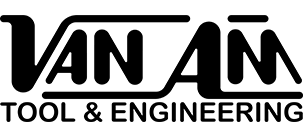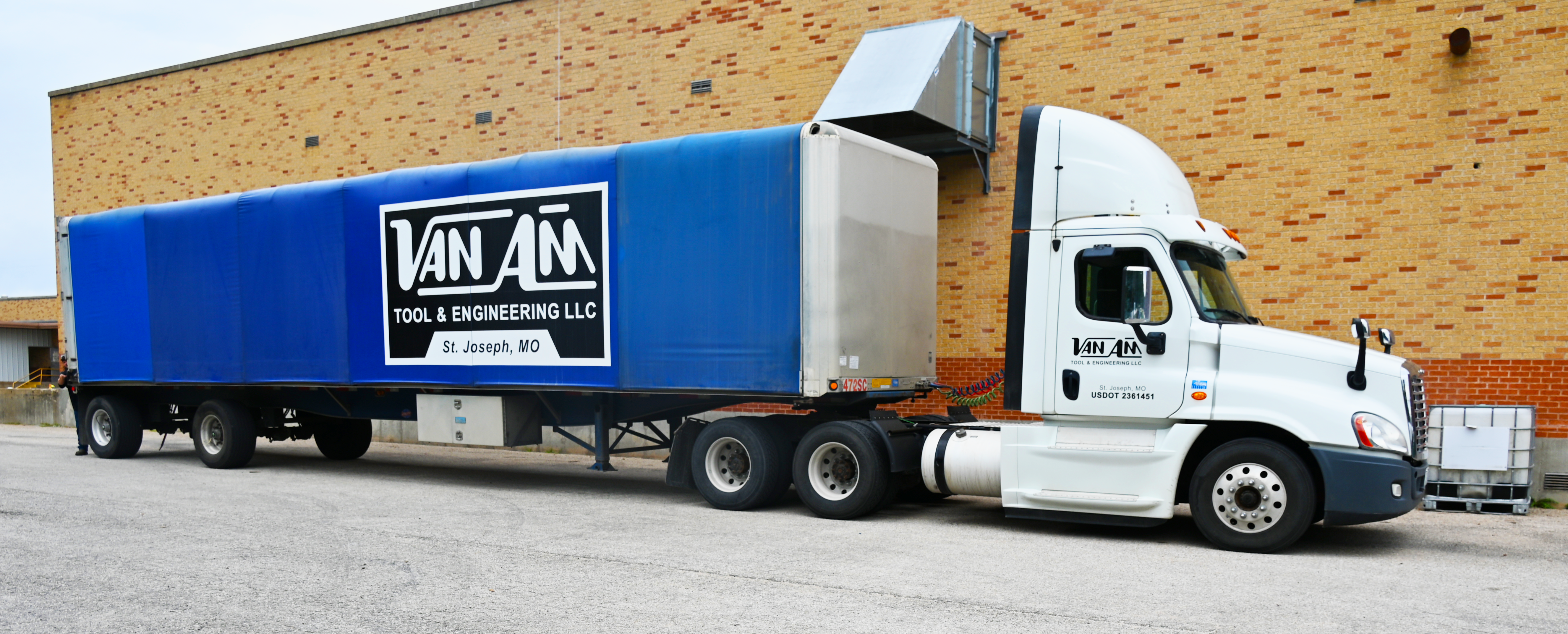Van-Am Tool & Engineering Acquires the Fabrication Division of GMT
Van-Am Tool & Engineering, LLC announces new Van-Am Defense Systems, LLC, a wholly owned subsidiary of Van-Am Tool & Engineering, LLC.
St. Joseph, Missouri. On December 29th, 2023, Van-Am Tool & Engineering, a metal machining and fabricator, acquired the Fabrication Division of GMT Manufacturing in Waverly, Iowa. The move to acquire additional fabrication and machining capacity and capability was driven by increased production demand and large format fabrication and machining. This acquisition will add 75,000 sq ft of manufacturing space, and is focused on large, heavy fabrications for the defense and industrial sectors.
“We are excited to add to the Vam-Am portfolio of companies,” said CEO, Keith Mills. “This acquisition allows us to add capacity, support larger products and broadens our customer base.”
The acquisition of Van-Am Defense Systems, formerly known as the Fabrication Division of GMT Manufacturing , fits into Van-Am Tool & Engineering’s strategy to provide vertically integrated manufacturing services to a diverse customer market.
Established in 1981, Van-Am has become a leading provider of high quality tooling, stamping, machining and fabrication services to a variety of industries and customers throughout the Midwest. The company also provides laser cutting, press braking, robotic welding, powder coat and wet paint solutions, and offers design and build services for projects of all sizes and complexities.
Media Contact:
Paula Anderson
Marketing Executive
panderson@vanam-tool.com
816.344.5044/www.vanam-tool.com

